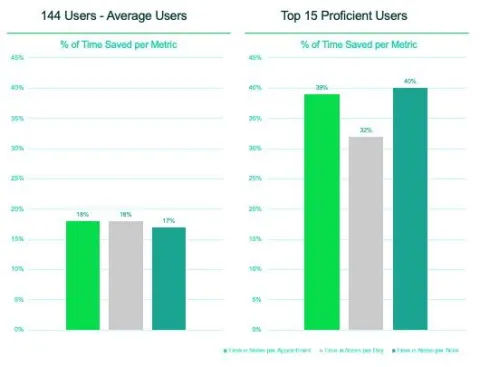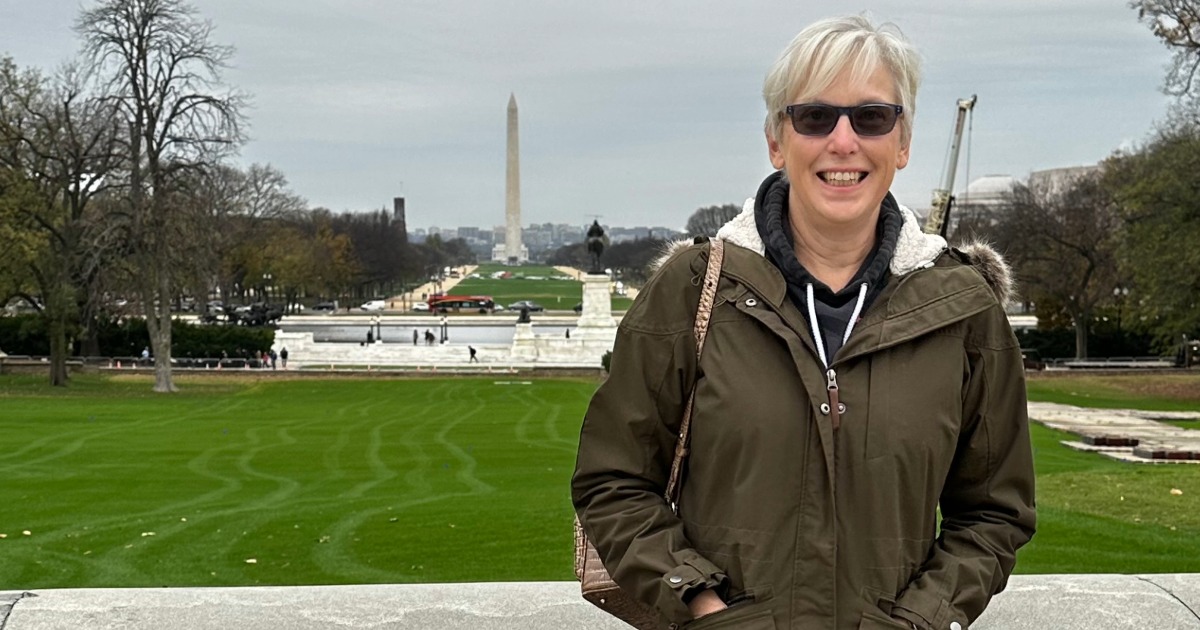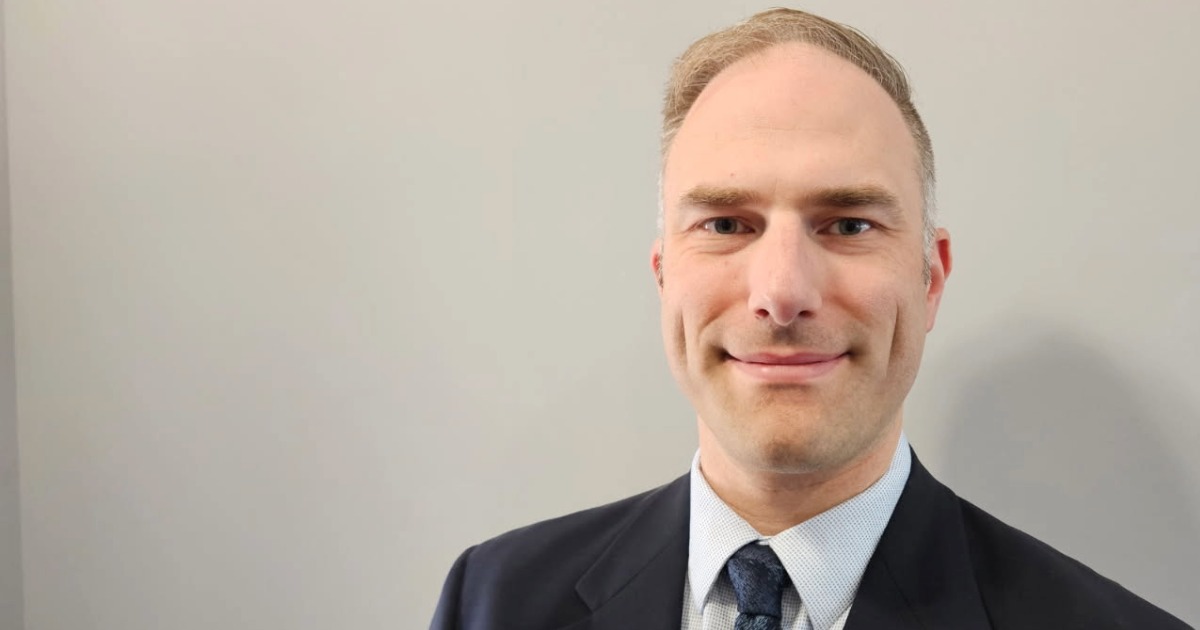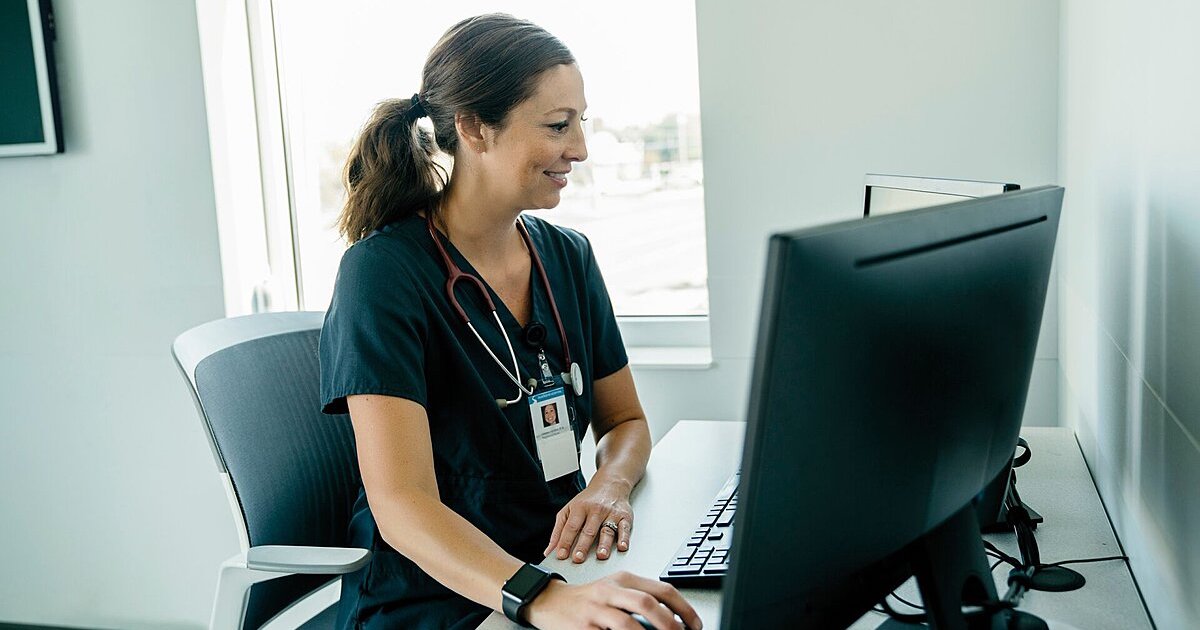
Photo: Hiraman/Getty Images
The global physician burnout epidemic continues unabated. As highlighted at an April 2024 technical consultation meeting held by the World Health Organization, at least one-quarter of healthcare workers are suffering from anxiety, depression or other burnout symptoms.1 Other studies report higher percentages, with a 2025 study in the Mayo Clinic Proceedings offering that more than 45% of surveyed American physicians reported at least one burnout-related symptom.2
While many studies have attributed clinician burnout rates to workforce shortages and lack of leadership support, another factor is contributing to provider dissatisfaction: the time and effort to produce clinical documentation. A June 2024 American Medical Informatics Association (AMIA) survey found that more than three-fourths of respondents had to stay later at the office or take work home due to excessive documentation demands. The time required to complete patient charting and other administrative tasks severely interfered with providers’ ability to maintain work-life integration, which, over time, can lead to feelings of burnout, the AMIA concluded.3 Johns Hopkins Aramco Healthcare (JHAH), a state-of-the-art health service created for Saudi Aramco employees and their families, recognized this challenge and, as a result, prioritized solutions that could reduce administrative burden and improve clinician satisfaction.
Dr. Arslan Mahmood, a Family Medicine Consultant at JHAH, said that documentation has long been a challenge for him and his fellow providers. “Documentation needs definitely played a part in burnout in doctors here,” he explained. “We were spending so much time on all these different administrative tasks, typing or even having to write things out by hand. Obviously, it was very time-consuming, and it was taking time away that we could be spending with our patients or at home with our families.”
Fahad Al-Harthi, Project Manager at JHAH, said that JHAH had previously implemented a dictation system, yet it was not providing the support that providers needed to streamline their documentation efforts. “We evaluated alternatives that could better support physicians and align with our goals of reducing documentation time, minimizing errors and improving the provider experience — while maintaining cost efficiency,” he said. “Our goal was to reduce the amount of time doctors were spending on clinical documentation, as well as to reduce the number of errors and problems they had with our existing dictation solution. But the solution had to be something our doctors would want to use.”
Documentation supported by a cloud-based speech recognition solution
After a thorough vetting process, JHAH implemented Solventum™ Fluency Direct™, a cloud-based speech recognition solution that enables physicians of any medical specialty to create, review, edit and sign clinical notes directly in the electronic medical record (EMR) using their voice. The system enables voice navigation through the EMR, helping save time, reduce typing and improve the accuracy and speed of clinical documentation — ultimately supporting better patient care and reducing physician burnout. It also allows providers to verify and finalize notes efficiently, ensuring accuracy in support of care delivery. All in all, this solution aligned with JHAH’s strategy to make documentation more seamless and clinician friendly.
Nadine Halabi, Regional Adoption Team Manager at Solventum, said it was important, from the very start of the project, to demonstrate the benefits of the system to JHAH and the physicians who would be interacting with it during their day-to-day work. “From the project kickoff, the focus was on supporting JHAH’s goal to create more time for care and reduce screen time, directly addressing a known contributor to physician burnout,” she said. “With Solventum™ Fluency Direct™, doctors should have additional time to spend with patients, which will also increase customer satisfaction for the patients who come to JHAH.”
A time savings study
Mr. Al-Harthi said that a comprehensive project plan enabled JHAH to get the full implementation of Fluency Direct up and running in under four months, two months earlier than initially planned. The Solventum team worked with JHAH stakeholders to overcome any challenges they faced, he noted.
“We have very, very strict cybersecurity policies here,” he said. “That was the main challenge involved with implementing the system. But we were able collaborate closely with Solventum and work through these security concerns together so the new solution would comply with our security mandates.”
Once the system was available to successfully capture patient encounters and share the resulting notes with JHAH’s EMR system, the next step was to provide concrete evidence of time savings through a quantitative study. The team conducted a comprehensive analysis of the time that physicians spent on key tasks before and after the Fluency Direct deployment. Ms. Halabi said they hoped to see measurable improvements in three key metrics: the average time it takes physicians to document notes per appointment; the average time it takes physicians to complete a single note; and the average total time physicians spend on documentation over the course of a single day. “These tasks were an important way to demonstrate the solution’s effectiveness in reducing the manual effort involved with patient notes,” she added.
The group analyzed documentation data for 320 JHAH physicians, comparing three months of time-related data captured by the EMR from the previous year to information collected after the Fluency Direct implementation.

- 140 of 320 physicians showed significant time savings across all three metrics
- Proficient users saw a 32–40% reduction in time spent on notes
- Less frequent users still achieved:
- 18% decrease in time per appointment
- 18% decrease in time per day
- 17% decrease in time per note
These significant results provide concrete evidence that JHAH’s investment in clinician-centered digital tools is yielding measurable returns. “And, most important,” said Ms. Halabi, “they underscore the importance of sustained adoption in maximizing the return on innovation.”
Mr. Al-Harthi said he would like to increase the number of physicians participating, as well as increase the study length from three months to at least one year, in future studies to quantify even greater savings for JHAH. “It is possible we would see even more time savings, especially as users get more familiar with the system and start to use it during every patient encounter,” he pointed out.
JHAH’s implementation of speech recognition marked a significant step in its digital transformation strategy. The project delivered measurable results, including faster documentation workflows, improved data quality and greater physician satisfaction. These outcomes reflect JHAH’s commitment to alleviating administrative burden and advancing EMR usability.
Increased adoption, increased time savings
Dr. Mahmood said he appreciates that Fluency Direct produces accurate notes and is “straightforward” and easy to use, even for new users. He and his colleagues appreciate the time savings they’ve gained; for instance, he spent more than 30 minutes completing patient notes before the implementation of Fluency Direct. Now, he can complete this documentation in a fraction of the time.
“It’s fabulous how much time it can save as it makes our documentation much more efficient. And we also have more time to focus on the patient and their story, instead of trying to type it all into the EMR,” he said. “Now I cannot manage without it. If Solventum™ Fluency Direct™ was not working one day, it would be a disaster day for me.”
While Mr. Al-Harthi expected to see a positive result in the study, he said the amount of time saved across the three tasks was much greater than anticipated. “The feedback from physicians has been overwhelmingly positive, validating the effort to modernize documentation processes and reduce time-consuming tasks across our care teams,” he noted. “Of course, a few who were well established in the old system had some trouble making the change, but even they appreciate that their documentation time is less than it was before.”
Those results have helped to increase adoption of the solution across the JHAH service. With positive outcomes and growing physician engagement, JHAH expects continued adoption and will monitor progress as part of its ongoing digital health strategy.
According to Mr. Al-Harthi, the team at JHAH will continue to measure adoption, as well as individual provider usage rates, on a bimonthly basis. JHAH is poised to build on these successes by adopting ambient technology. This will revolutionize patient-physician engagement and boost efficiency by further easing documentation burdens and driving smarter, more compassionate care in the future.
To learn more or request a demo, visit here.
References
- World Health Organization. April 25, 2024. Protecting health and care workers’ mental health and well-being: Technical consultation meeting. https://www.who.int/news/item/25-04-2024-202404_protecthw_mentalhealth.
- Shanafelt, T.D., West, C.P., Sinsky, C., et al. April 9, 2025. Changes in burnout and satisfaction with work-life integration in physicians and the general U.S. working population between 2011 and 2023. Mayo Clinic Proceedings. https://www.mayoclinicproceedings.org/article/S0025-6196(24)00668-2/fulltext.
- American Medical Informatics Association. AMIA survey underscores impact of excessive documentation burden. Press release, June 3, 2024. https://amia.org/news-publications/amia-survey-underscores-impact-excessive-documentation-burden.
About Solventum
At Solventum, we enable better, smarter, safer healthcare to improve lives. As a new company with a long legacy of creating breakthrough solutions for our customers’ toughest challenges, we pioneer game-changing innovations at the intersection of health, material and data science that change patients' lives for the better while enabling healthcare professionals to perform at their best. Because people, and their wellbeing, are at the heart of every scientific advancement we pursue. We partner closely with the brightest minds in healthcare to ensure that every solution we create melds the latest technology with compassion and empathy. Because at Solventum, we never stop solving for you.






